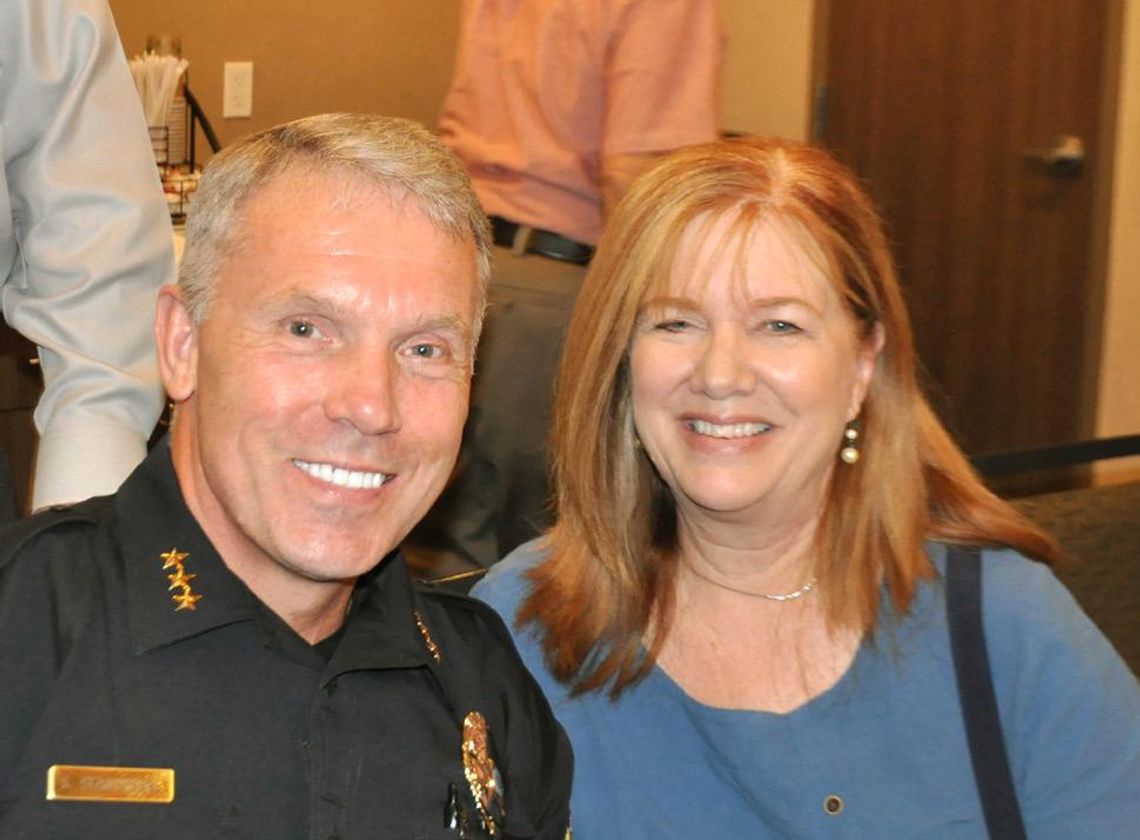With a new meet and confer agreement approved for the officers he leads, San Marcos Police Department Chief Stan Standridge came to a recent meeting of the San Marcos Rotary Club to bring its members up to date on his goals and insights regarding public safety in the community.
He said that the department has a new laser beam focus on utilizing technology to keep the city ahead of problems associated with its rapidly growing population.
First, Standridge told the audience that he has agreed to a new five-year commitment to the chief’s role, despite what he said were initially “remarkable odds.” He said those odds were based on what he faced day one: the gravity of what was happening in this city.







